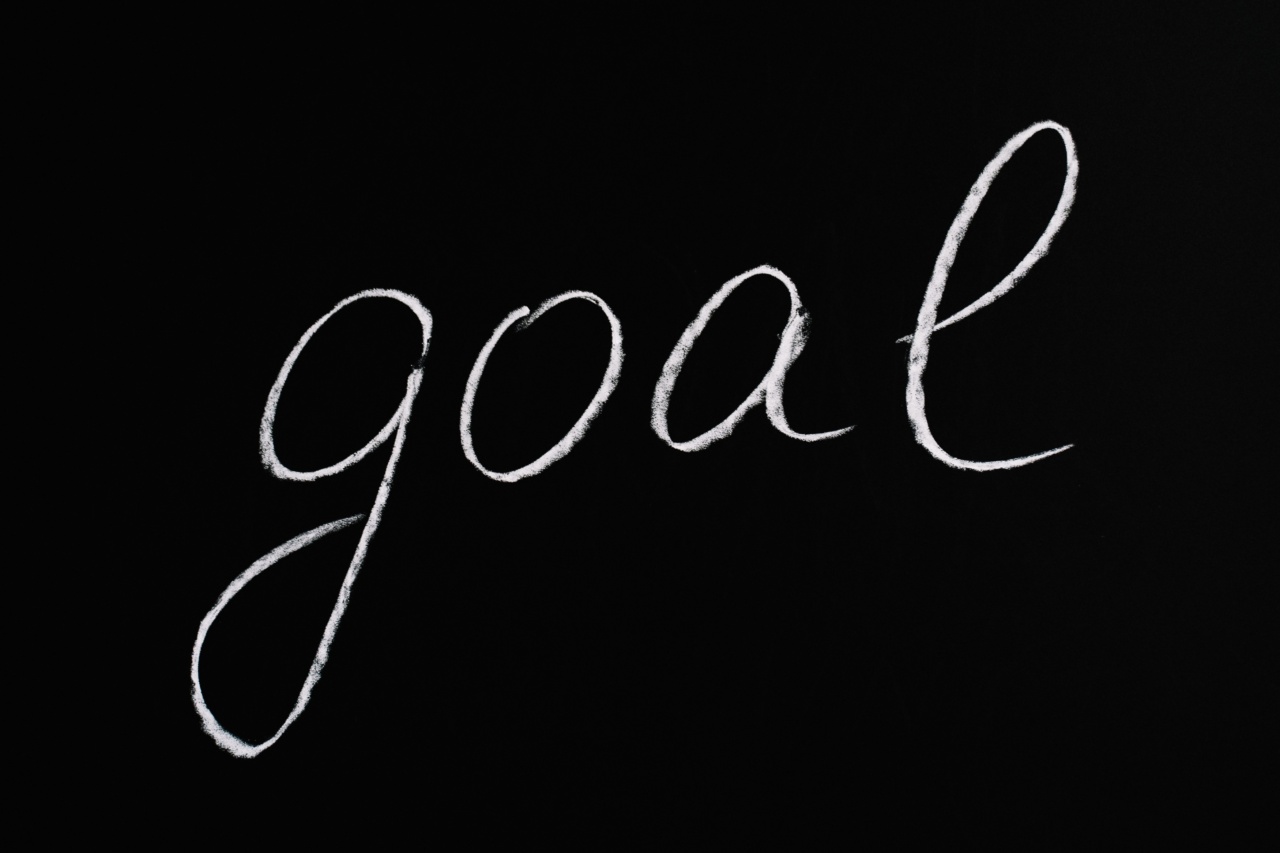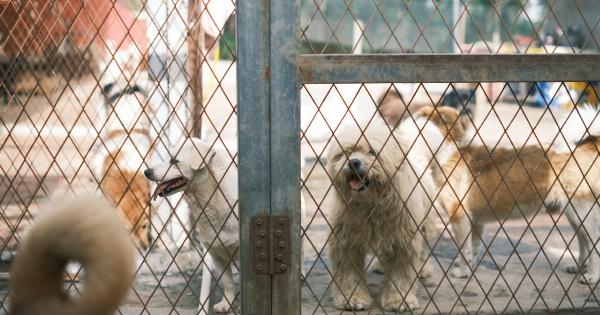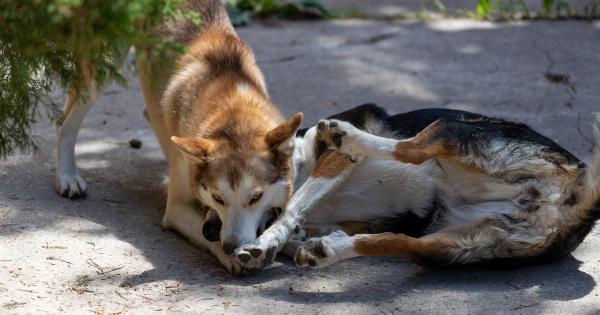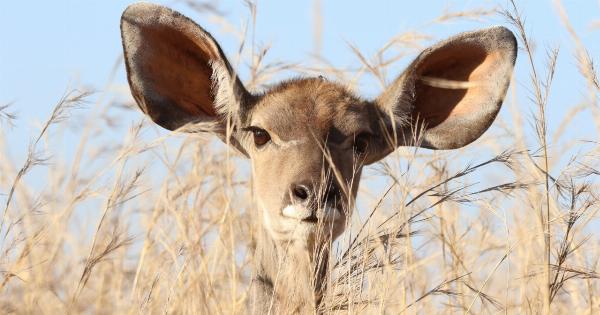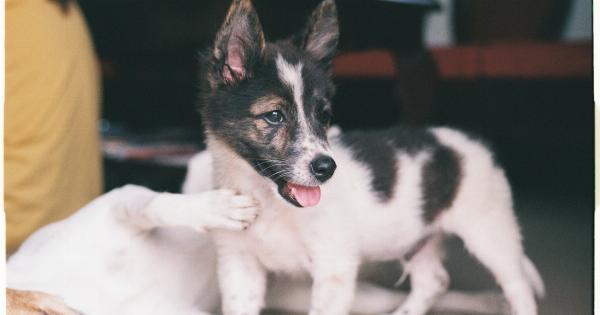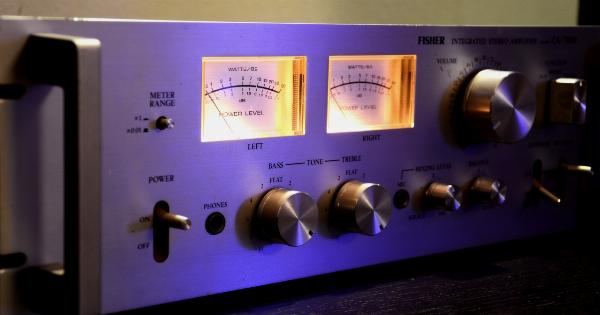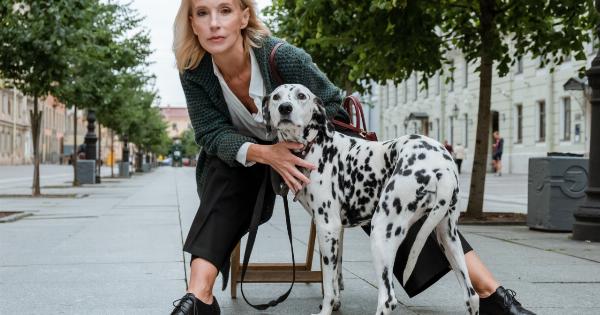Dogs are amazing creatures with a complex language and unique ways of communication. Understanding your dog’s body language, facial expressions, and vocalizations is crucial for building the bond between you and your furry friend.
In this article, we will go over the most common dog communication signals, how to interpret them, and what they mean.
Body Language
Body language is the primary way your dog communicates with you and the world around them. Pay close attention to their posture, tail, ears, and facial expressions to understand their mood and intentions.
Posture
Your dog’s posture can tell you a lot about their emotional state. Here are some common dog postures and what they mean:.
- Relaxed: Your dog is happy and comfortable. They may wag their tail, lay on their side, and have a loose, wiggly body.
- Tense: Your dog is on edge and anxious. They may stiffen their body, stand tall, and have their ears back.
- Cowering: Your dog is afraid and submissive. They may lower their body, put their tail between their legs, and avoid eye contact.
- Aggressive: Your dog is ready to attack. They may tense their body, raise their hackles, and snarl or growl.
Tail
Your dog’s tail is a great indicator of their mood. Here are some common tail positions and what they mean:.
- Wagging: Your dog is happy and excited. The faster they wag, the more excited they are.
- Low: Your dog is unsure or submissive. The lower the tail, the more submissive they feel.
- High: Your dog is confident or aroused. The higher the tail, the more confident or aroused they are.
Ears
Your dog’s ears can also give you clues about their mood. Here are some common ear positions and what they mean:.
- Up and forward: Your dog is alert and interested. They may be listening or trying to locate a sound.
- Back and flat: Your dog is scared or submissive. They may be trying to make themselves smaller and less threatening.
- Up and back: Your dog is angry or aggressive. They may be ready to attack.
Facial Expressions
Your dog’s facial expressions can tell you a lot about their emotions. Here are some common facial expressions and what they mean:.
- Relaxed mouth: Your dog is happy and content.
- Panting: Your dog is hot and thirsty.
- Licking lips: Your dog is anxious or stressed.
- Growling: Your dog is warning you to back off.
- Snarling: Your dog is ready to attack.
Vocalizations
Dogs also use vocalizations to communicate with you and other animals. Here are some common dog vocalizations and what they mean:.
Barks
Barks are the most common dog vocalization. Here are some different types of barks and what they mean:.
- Playful bark: Your dog is happy and wants to play.
- Warning bark: Your dog is alerting you to something or someone.
- Aggressive bark: Your dog is ready to attack.
- Continuous bark: Your dog is anxious, afraid, or in distress.
Howls
Howls are less common than barks but can have different meanings:.
- Communication: Your dog is howling to communicate with other dogs or animals.
- Separation anxiety: Your dog is howling in distress when you leave them alone.
- Medical condition: Your dog is howling in pain due to a medical condition.
Whines
Whines are high-pitched vocalizations that dogs use to express different emotions:.
- Attention-seeking: Your dog is whining to get your attention or affection.
- Anxiety: Your dog is whining when they feel afraid or stressed.
- Pleasure: Your dog is whining when they’re happy or excited.
Conclusion
Understanding your dog’s language is essential for building a strong relationship with them. Pay attention to their body language, facial expressions, and vocalizations to interpret their mood and intentions.
Use positive reinforcement and clear communication to ensure that your furry friend trusts you and feels safe around you.
